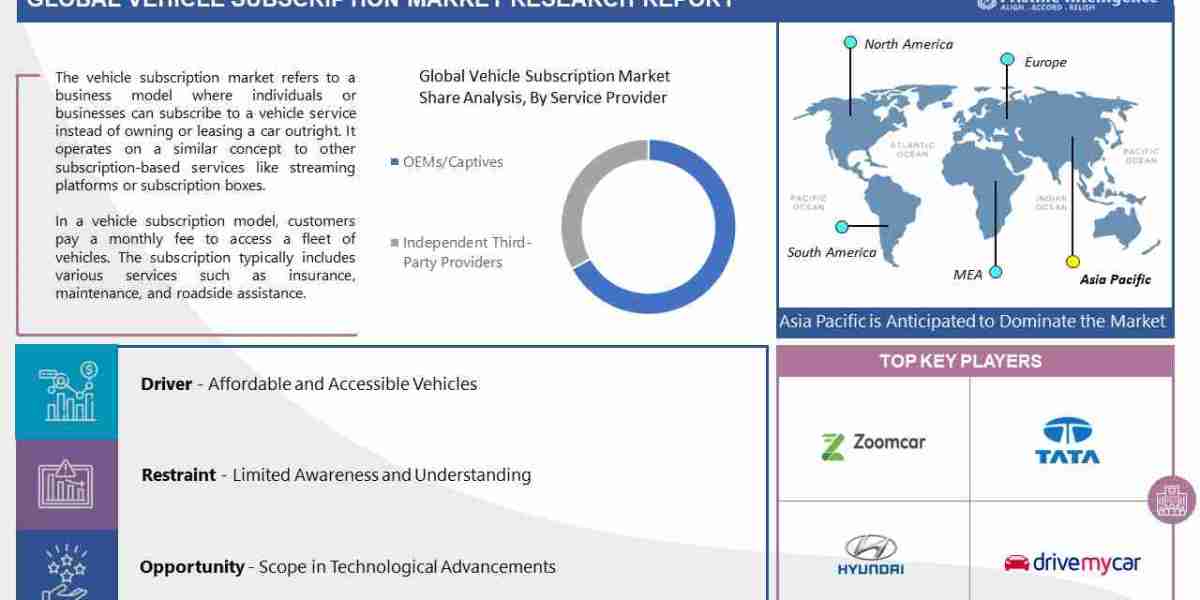In the digital age, having a strong online presence is crucial for businesses to succeed. This is especially true for companies with multiple locations. Multi-location SEO, a specialized branch of search engine optimization, focuses on optimizing websites and online listings for businesses with more than one physical presence. In this blog, we'll explore the importance of multi-location SEO and provide essential tips to help your business boost visibility and increase conversions.
The Significance of Multi-Location SEO
Multi location SEO is essential for businesses with several branches or outlets, such as retail chains, franchises, or service providers with numerous offices. Here's why it matters:
Local Visibility: Multi-location SEO ensures each of your branches is easily discoverable in local search results. When potential customers search for businesses "near me," you want your locations to appear.
Consistency: Maintaining consistent business information, such as name, address, and phone number (NAP), across all locations and online directories is crucial. Inconsistent information can confuse both search engines and customers.
Competitive Advantage: When you optimize for multi-locations, you gain an edge over competitors who may not have invested in such strategies. You're more likely to capture a larger share of local search traffic.
Improved User Experience: A well-optimized multi-location strategy ensures a seamless experience for users, making it easier for them to find the information they need and visit your physical locations.
Tips for Effective Multi-Location SEO
Now, let's delve into some tips for mastering multi-location SEO:
Optimize Google My Business (GMB): Claim and verify your Google My Business listings for each location. Ensure your NAP information, business hours, and other details are accurate and up-to-date.
Create Location-Specific Pages: Develop unique landing pages for each location on your website. This helps search engines understand the relevance of each location and allows you to tailor content to local customers.
Local Keywords: Incorporate location-based keywords into your content and metadata. For example, if you're a chain of coffee shops, use keywords like "coffee shop in [City Name]" in your content.
Get Reviews: Encourage customers to leave reviews for your various locations on platforms like Google, Yelp, and Facebook. Positive reviews improve your reputation and search rankings.
Mobile Optimization: Ensure your website and location pages are mobile-friendly, as many local searches happen on mobile devices.
Structured Data Markup: Implement structured data (schema markup) on your location pages to help search engines better understand your content and display rich snippets in search results.
Local Link Building: Build local backlinks by reaching out to local businesses and organizations for partnerships and mentions. This can improve your local authority.
Consistency Across Directories: Ensure NAP consistency across all online directories and platforms where your business is listed. Use tools to monitor and update this information regularly.
Local Content Strategy: Create location-specific blog posts, news, and events to engage with the local community and provide fresh content for search engines.
Regular Monitoring: Continuously monitor the performance of each location and make adjustments as needed. Pay attention to changes in local search algorithms and adapt your strategy accordingly.
In conclusion, multi-location SEO is an indispensable strategy for businesses with multiple physical locations. It's about ensuring your business is not just present online but also visible, consistent, and appealing to local customers. By implementing these tips and staying up-to-date with SEO best practices, you can master the art of multi-location SEO and drive more customers to your physical locations.



